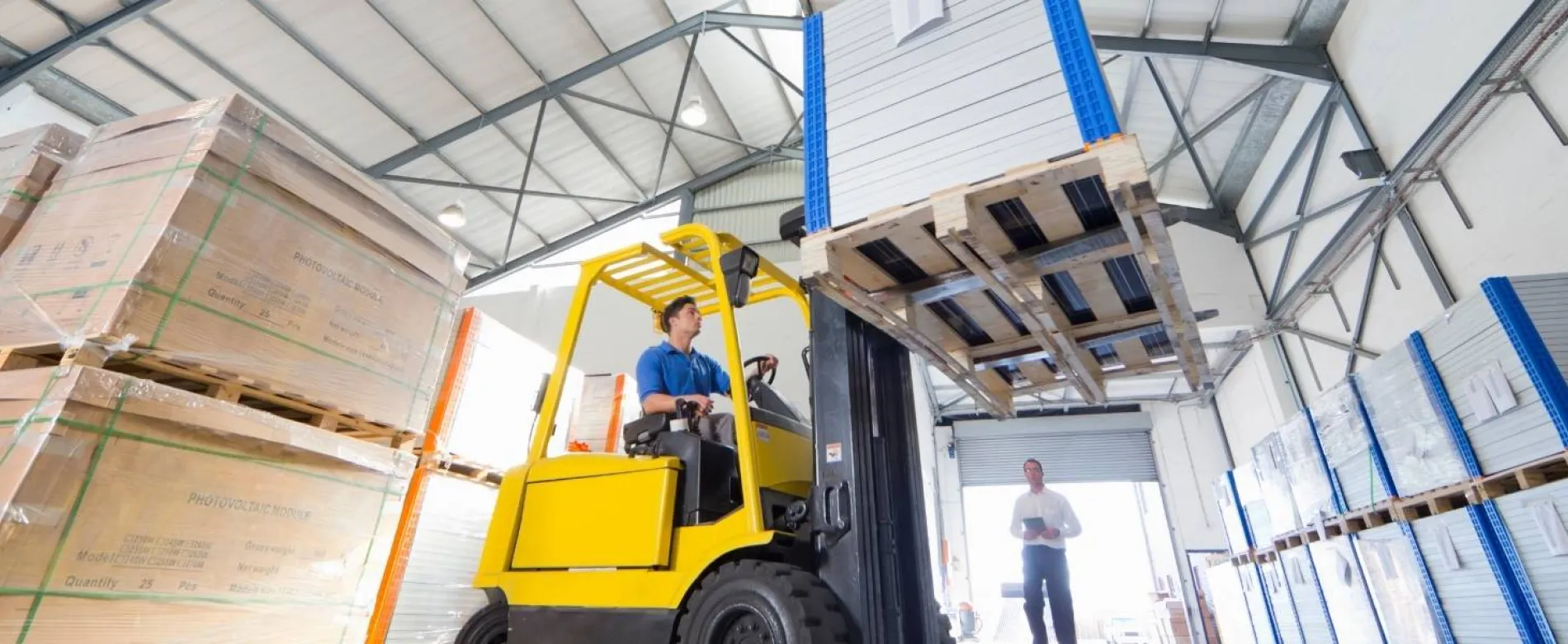How RTLS can improve safety in the warehouse
Despite the safety precautions that are usually found in warehouses, forklift accidents still happen, putting workers' lives in great danger. Health and Safety Executive (HSE) latest figures show that on average, a shocking 30 people died in manufacturing, transport and storage after having sustained fatal injuries at work, along with an estimated 8,000 reported injuries.
In most warehouse environments it’s the responsibility of the forklift driver to be aware of people close to their path, and more often than not, drivers complete their tasks without error or risk to others. However, this isn’t always the case. We all fall into a routine at times and this can often be the downfall of forklift drivers as they fall into a false sense of security, assuming everything is safe when in fact, it’s not. That’s when accidents happen.
Using highly accurate RTLS, provides immediate access to real time critical location data on your assets, including your pallets, MHE (material handling equipment) and people – all of which can help improve safety in your warehouse and ultimately reduce the number of collisions and injuries that occur. RTLS are becoming increasingly popular in the warehousing industry as management teams learn more about their benefits to both the safety of their colleagues and potential efficiency increases. London-based market research company TechNavio has forecast that the global market for RTLS has the potential to grow by more than 14 billion GBP during 2020-2024.
Some warehouse operators use more basic safety systems with proximity sensors, using RFID technology, to protect employees. These do have positives, but it has been recognised in the industry that the frequent false alarms they cause can lead to genuine alarms being ignored.
The false alarms often occur as proximity sensors can’t tell which direction a colleague is travelling in. They are attached to the MHE, and a signal is activated when a person or other MHE is detected nearby – what they can’t do is distinguish if that person or MHE is actually in a safe place, for example, behind a guard rail.
Our solutions with RTLS surpass the current limitations of proximity sensors and uses intelligent Wi-Fi to detect and accurately capture the position and speed of people and MHE’s on the move. In addition to this, RTLS takes into account non-moving items in the warehouse. For example, you can program an RTLS system to know that there is a safety barrier in front of a machine so it won’t sound the alarm unless a colleague passes that barrier point. Configurable parameters can also be set and adjusted so that a safe zone around a person or object can be determined, depending on their speed, or even the stopping distance of a MHE. The false alarm problem leading to drivers ignoring the alerts; solved.
The real time monitoring and data capture makes it possible to analyse accidents and even near misses to identify black spots and reduce incidents in future to enhance longer term warehouse and site safety. Clever, isn’t it?
The safety and wellbeing of all those in close proximity to forklift trucks needs to remain a top priority, and it won’t be long until all warehouses install a safety system that’s more reliable than guardrails, highlighted walkways and proximity sensors. Real-time location systems provide the clearest picture of who and what is moving in a warehouse to improve forklift safety and ensure a safer future for those on the floor, as well as peace of mind for those in charge of it.

